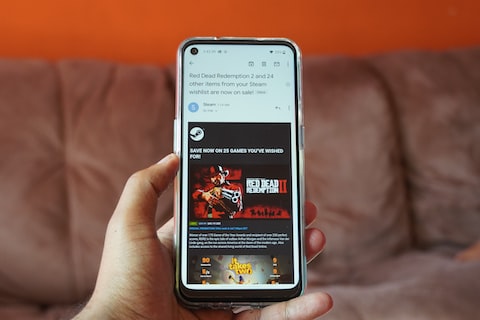In the world of gaming, it’s a constant battle between game over and game on. Understanding what motivates players and keeps them engaged is crucial for game developers to create successful and immersive experiences.
Player motivation is a complex phenomenon, influenced by a variety of factors. Some players are motivated by competition and the desire to achieve high scores or complete challenging levels. Others seek social interaction, connecting with friends and other players in multiplayer games. Some players are driven by the escapism and the opportunity to explore virtual worlds and be someone else for a while.
Player engagement, on the other hand, refers to the level of involvement and enjoyment players experience during gameplay. Engaged players are more likely to spend more time playing, explore all game features, and even invest money in in-app purchases.
Understanding player motivation and engagement is not only fascinating but also vital for game developers. By knowing what drives players, developers can tailor their games to meet those needs and create more addictive and enjoyable experiences. This can lead to increased player retention and revenue for game developers.
So how can game developers enhance player motivation and engagement? One way is by providing clear and meaningful objectives. Players need to have a clear understanding of what they need to achieve and how to progress through the game. This sense of purpose can greatly enhance motivation and engagement.
Another tactic is to introduce interactive elements and rewards. Interactive gameplay, such as quick-time events or decision-making scenarios, can increase player engagement by making them feel actively involved in the game. Moreover, rewarding players for their achievements, whether it’s through virtual currency, upgrades, or unlocking new content, can further enhance motivation.
Additionally, game developers should pay attention to the social aspects of gaming. Integrating multiplayer features, allowing players to connect and play with friends or even compete against others, can greatly boost player engagement. This sense of social interaction and competition can motivate players to keep playing and strive for improvement.
The design and aesthetics of a game also play a significant role in player motivation and engagement. A visually appealing and intuitive interface, immersive sound effects, and captivating storytelling can all contribute to enhancing player engagement. The more players feel immersed in the game world, the more motivated and engaged they will be.
In conclusion, player motivation and engagement are critical factors for the success of a game. Understanding what drives players and keeps them engaged can help game developers create more immersive and addictive experiences. By providing clear objectives, interactive gameplay, rewards, and social features, developers can enhance player motivation and engagement, ultimately leading to increased player retention and revenue.

